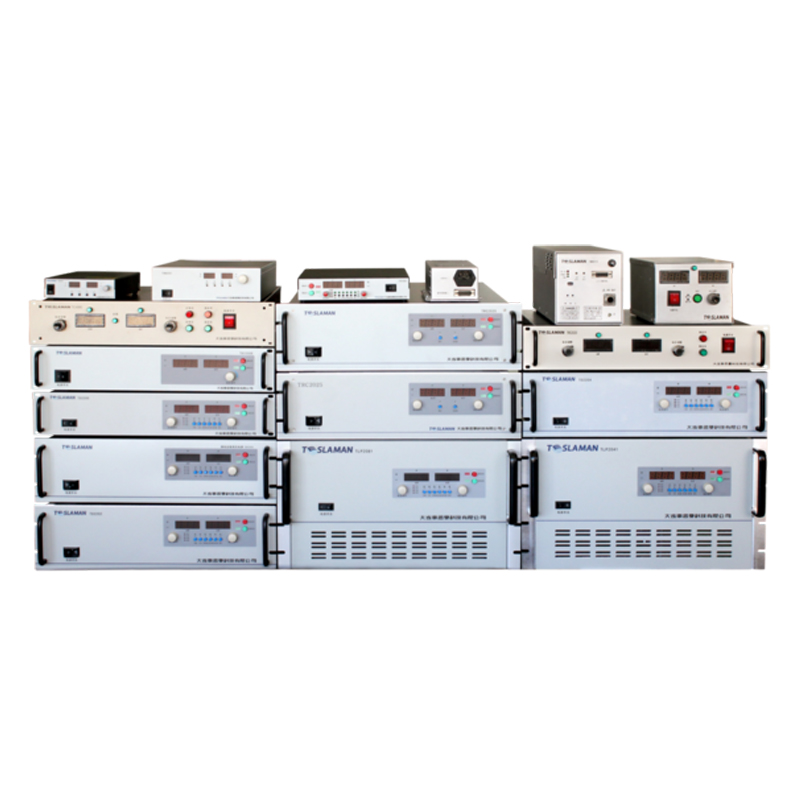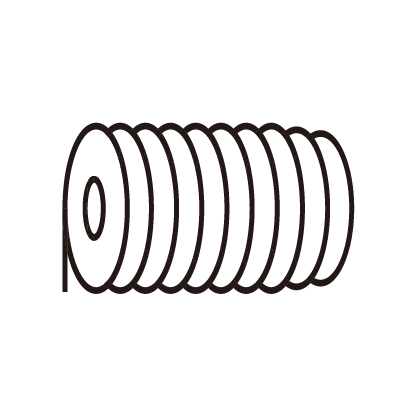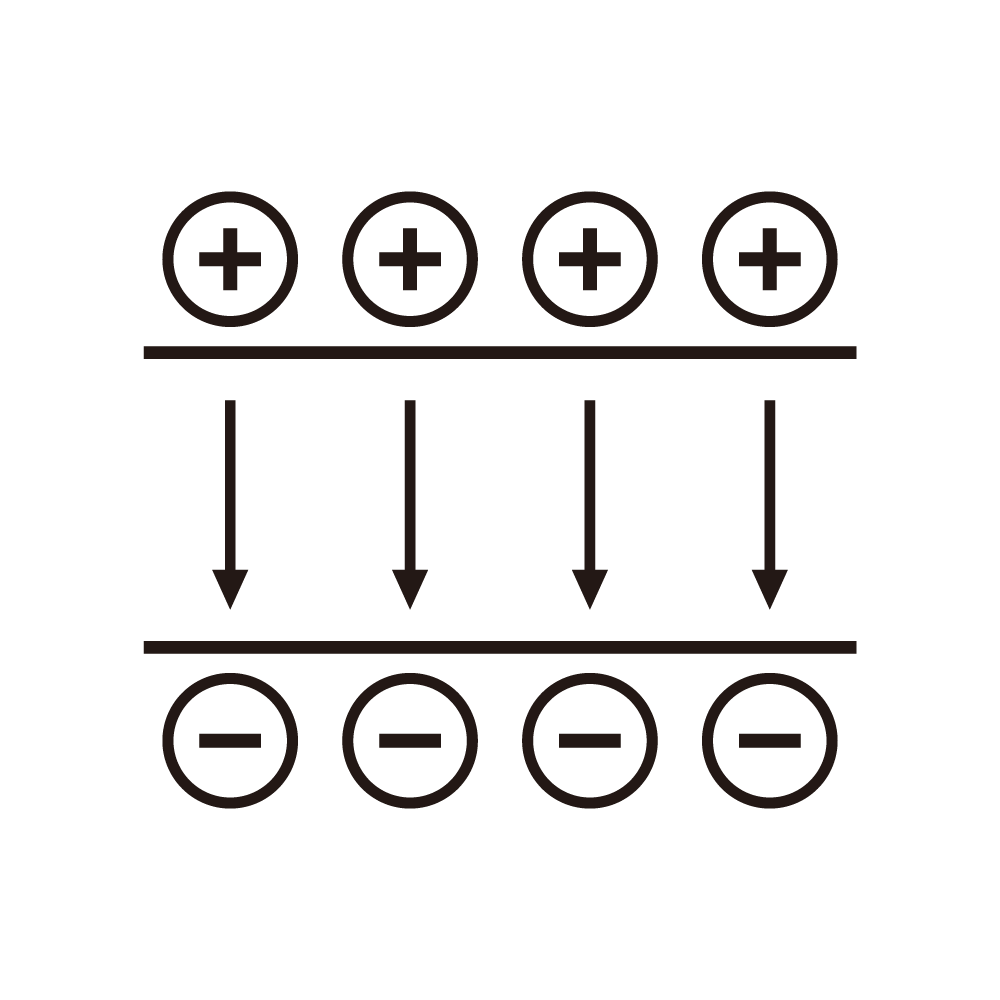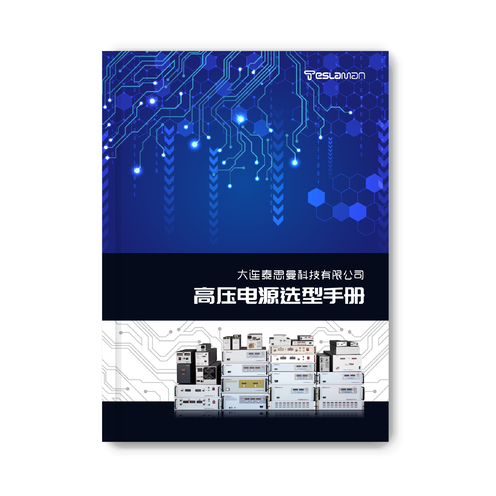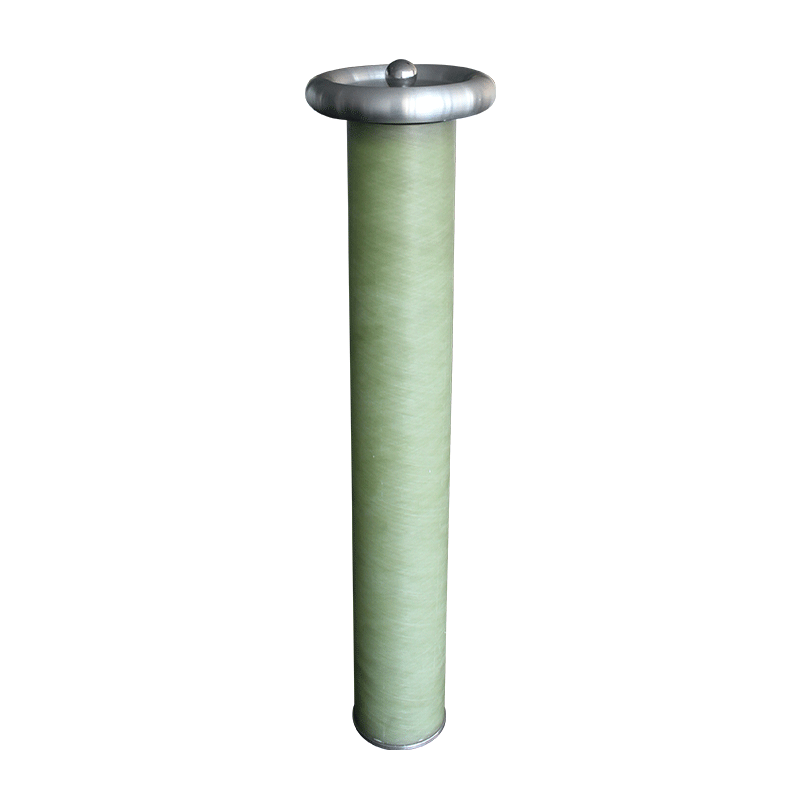Plasma Generation of Magnetron Sputtering High-Voltage Power Supplies
In fields such as material surface modification and thin film preparation, magnetron sputtering technology has been widely used due to its advantages of high efficiency and high-quality film formation. The magnetron sputtering high-voltage power supply, as the core component of this technology, its plasma generation ability is directly related to the efficiency of the sputtering process and the quality of the film layer. A deep understanding of the plasma generation mechanism of magnetron sputtering high-voltage power supplies is of great significance for optimizing the sputtering process.
The magnetron sputtering high-voltage power supply ionizes gas to generate plasma by applying a high voltage in a vacuum environment. When the power supply establishes a strong electric field between two electrodes (usually the cathode target and the anode substrate), a small number of free electrons in the gas accelerate under the action of the electric field force. These high-energy electrons collide with gas atoms, knocking out the electrons in the gas atoms, ionizing the gas atoms into ions and free electrons, and the aggregation of a large number of ions and electrons forms plasma.
In the magnetron sputtering system, the introduction of a magnetic field greatly improves the plasma generation efficiency. The magnetron sputtering high-voltage power supply, in combination with a specially designed magnetic field structure, makes the electrons move in a spiral motion in the combined electric and magnetic fields. This movement mode prolongs the movement path of electrons in the gas and increases the collision probability of electrons with gas atoms. Compared with the action of a simple electric field, electrons can more effectively ionize the gas in the combined field, so that high-density plasma can be generated even at a low working pressure.
The generation of plasma is also closely related to the output characteristics of the magnetron sputtering high-voltage power supply. The magnitude of the power supply output voltage determines the energy obtained by electron acceleration. The higher the voltage, the greater the energy obtained by electrons, and the higher the gas ionization efficiency. However, too high a voltage may cause excessive sputtering of the target material and affect the film layer quality. Therefore, the power supply output voltage needs to be precisely adjusted according to the specific sputtering material and process requirements. At the same time, the stability of the power supply output current is crucial for the stable generation of plasma. A stable current can ensure the constancy of the electric field strength and maintain the stable state of the plasma. If the current fluctuates, the density and stability of the plasma will also change, thereby affecting the uniformity and repeatability of the sputtering process.
In addition, the type and pressure of the working gas also have a significant impact on the plasma generation by the magnetron sputtering high-voltage power supply. Different gases have different ionization energies. For example, argon is widely used as the working gas in the magnetron sputtering process due to its low ionization energy. The pressure directly affects the density of gas atoms. If the pressure is too low, the number of gas atoms is insufficient, which is not conducive to the generation of plasma. If the pressure is too high, the collision of electrons with gas atoms is too frequent, and the electron energy is lost too quickly, which will also reduce the plasma generation efficiency. Therefore, it is necessary to select the appropriate working gas and precisely control the pressure according to the actual situation.
In conclusion, the magnetron sputtering high-voltage power supply achieves efficient plasma generation through the synergistic effect of the electric and magnetic fields under specific working conditions. By optimizing the power supply output characteristics, reasonably selecting the working gas and pressure, etc., the plasma generation efficiency and stability can be further improved, providing a strong guarantee for high-quality magnetron sputtering coating processes.
